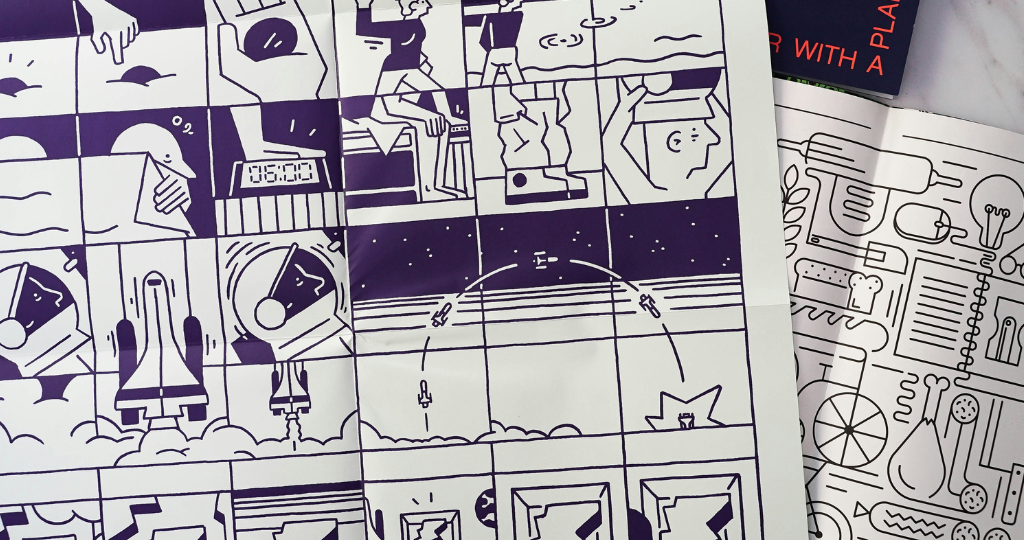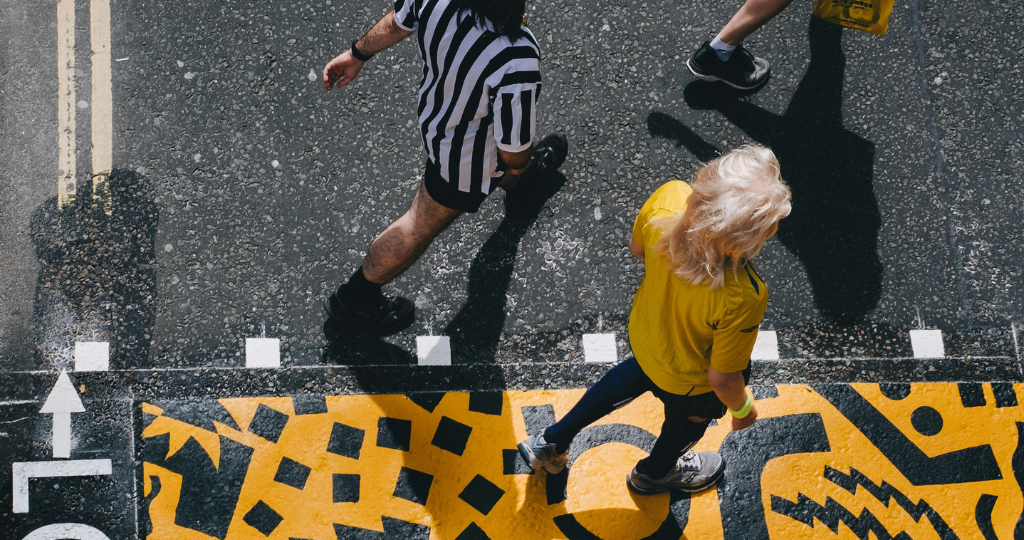We all have wondered why some e-commerce websites attract customers easily while others struggle. The secret is in their web design. Having a visually appealing and user-friendly site can make all the difference. From minimalist layouts to 3D product displays, keeping up with e-commerce design trends in 2024 can boost your sales and keep customers coming back. Let’s get into the trends that can transform your online store into a sales powerhouse.
Why E-Commerce Web Design Matters for Online Sales?
The role of design in ecommerce is important as a website's design is often the first impression a potential customer has of a brand. A clean, intuitive, and visually appealing design can significantly impact a customer's shopping experience and their decision to make a purchase. Good e-commerce UX design enhances user experience, builds trust, and encourages users to explore more products. It also plays a vital role in search engine optimization (SEO), helping businesses rank higher in search results and reach a broader audience.
Web Design Trends in E-Commerce
1. Minimalist Design
Minimalist design focuses on removing non-essential elements to create a clean and intuitive user experience. By emphasizing simplicity, e-commerce sites enhance usability and load times, which are crucial for mobile and desktop interfaces. This trend leverages ample white space, streamlined navigation, and a limited color palette to draw attention to key products and CTAs. The result is a visually appealing interface that directs users' focus to their shopping goals while reducing cognitive overload. This approach aligns with current UI/UX trends in e-commerce, showcasing how simplicity can improve user engagement and satisfaction.
2. Dynamic Product Galleries
Dynamic product galleries transform static displays into interactive experiences. Implementing technologies like AJAX and lazy loading, these galleries enable seamless browsing with real-time updates and fluid transitions. Users can engage with products through hover effects, zoom functionalities, and carousel sliders that showcase multiple angles or variations. This trend enhances user interaction, allowing for a more engaging and personalized shopping experience, which can significantly boost conversion rates and customer satisfaction.
3. Personalized User Interfaces
Personalized user interfaces harness data analytics and machine learning to tailor the shopping experience to individual preferences. By analyzing browsing history, purchase behavior, and demographic information, e-commerce platforms can present curated content, recommendations, and promotions. This targeted approach not only improves user engagement but also drives conversions by presenting relevant products and offers at the right time. Advanced algorithms and AI-driven insights make personalization more effective and scalable across diverse user segments.
4. Micro-Animations
Micro-animations are subtle, interactive design elements that enhance the user experience by providing feedback and guiding navigation. These animations, such as button hovers, loading spinners, and scroll effects, use lightweight JavaScript and CSS techniques to create fluid and responsive interactions. They not only add visual interest but also improve usability by making interfaces more intuitive and engaging. Well-designed micro-animations contribute to a smoother user journey, keeping visitors engaged and reducing bounce rates. They play a crucial role in branding in web design, helping to reinforce a brand’s identity through thoughtful and cohesive visual cues.
5. Immersive 3D Product Displays
Immersive 3D product displays leverage WebGL and other advanced graphics technologies to create lifelike, interactive product representations. Users can rotate, zoom, and explore products in a three-dimensional space, enhancing their ability to evaluate items from all angles. This trend bridges the gap between physical and digital shopping experiences, offering a more tactile and engaging way to experience products. The integration of 3D models into e-commerce sites aligns with industry predictions for e-commerce, helping improve product understanding and potentially leading to higher conversion rates.
6. Augmented Reality Integration
Augmented Reality (AR) integration improves e-commerce experiences by overlaying digital information onto the real world through a device’s camera. This technology allows users to visualize how products will look in their own space, such as furniture or accessories, before making a purchase. By leveraging AR frameworks and SDKs, retailers can provide immersive and interactive shopping experiences that enhance decision-making and reduce return rates. AR is a prime example of AI transforming user experience in web design, turning online shopping into a more interactive and confident experience.
7. Inclusive and Accessible Design
Inclusive and accessible design ensures that e-commerce websites are usable by people of all abilities and disabilities. Implementing features like screen reader compatibility, keyboard navigation, and color contrast adjustments, these designs adhere to Web Content Accessibility Guidelines (WCAG). By prioritizing accessibility, e-commerce platforms not only broaden their customer base but also foster a more equitable online environment. This approach demonstrates a commitment to diversity and inclusivity, which can enhance brand reputation and user loyalty.
How to Implement These Trends for Increased Online Sales?
Evaluate and Update Your Website: Regularly assess your website's design and user experience to identify areas for improvement. Implement the latest design trends that align with your brand and target audience.
Focus on User Experience (UX): Prioritize UX by making your website easy to navigate, fast-loading, and mobile-friendly. Use intuitive layouts and clear calls-to-action to guide users through the purchasing process.
Invest in Quality Visuals: High-quality images, dynamic galleries, and 3D displays can significantly impact sales. Ensuring that your product visuals are clear, detailed, and engaging is essential to make your website more attractive.
Test and Optimize: Continuously test different design elements and features to see what works best for your audience. Use A/B testing to compare variations and optimize your site for maximum conversions.
Conclusion
E-commerce web design is a vital component of online sales success. By staying current with design trends businesses can create engaging and effective online shopping experiences. Implementing these trends thoughtfully can lead to increased customer satisfaction, higher conversion rates, and ultimately, greater online sales.
If you are ready to transform your online store into a sales powerhouse, Way2Smile Solutions, a Dubai-based web design company, is here to help. Our expert web designers team specializes in creating user-centric e-commerce web designs that incorporate the latest trends and best practices. We work closely with you to understand your brand and target audience, ensuring your website is both visually appealing and functionally superior.
Contact Way2Smile Solutions today to take your online sales to the next level!






